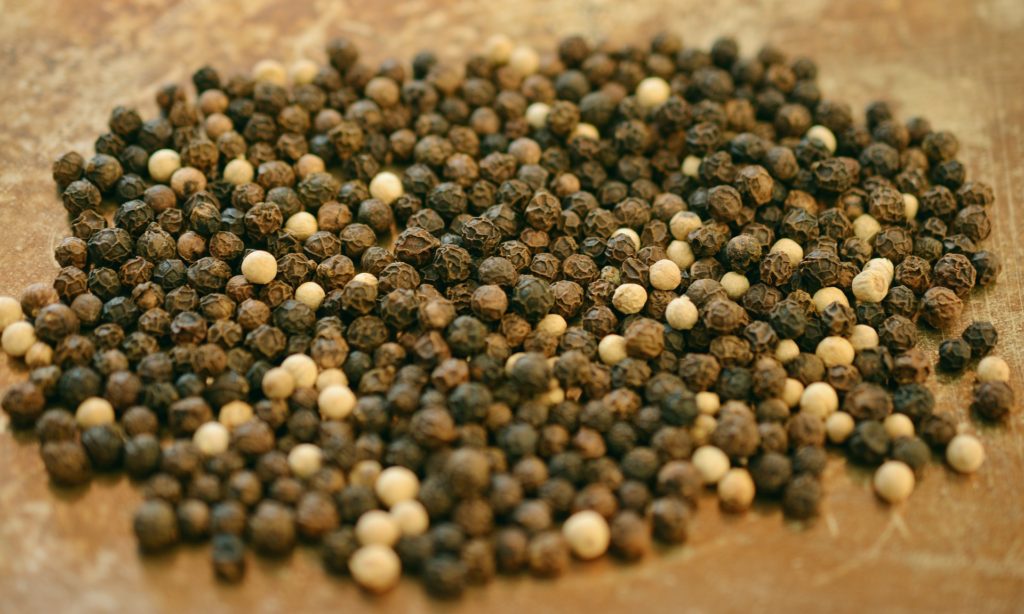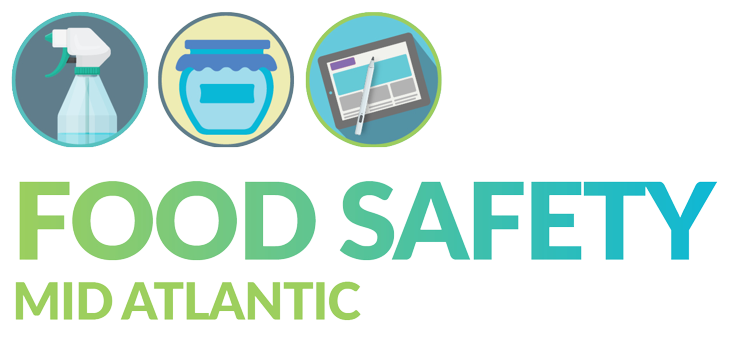
Last week I came up with my definition for food safety. Did you agree? I realized that I also needed a definition for food quality. Food quality is pretty vague as it depends on so many different factors. We quite often link food quality and food safety because a food containing hazards isn’t of a high quality.
As food processors and food manufacturers, the most important quality specification is based on our consumer’s needs and desires. Consumers may base their idea of a high quality food on many different factors. Price or good value for money is probably the most important, even though a lot of us won’t admit that openly. As consumers, we may also be concerned about how the food product was made and whether it is organic or has certain health attributes.
Food quality is more nebulous than food safety as it is product specific and includes food safety, taste, conformity, appearance, nutrition. Food manufacturers will have specification standards for each food product they make. Thus, food quality is based on different criteria:
Product-based Quality refers to features or attributes of the product that enhance quality. For example, brand products are considered to be of a higher quality than generic products.
User-based Quality is when the quality of the product is determined by the consumer. This could be price, convenience, value-for-money, health choices, flavor, reliability, etc.
Regulatory-based Quality is when regulations are the major factor when it comes to considering the quality of a food. The presence of mislabeled food, such as not listing an allergen, is a cause for a product being recalled.
Additionally, there are Standards of Identity which determine what must be in a particular product. For example, raisin bread must have 50 grams of raisins for every 100 g flour.
Manufacturer-based Quality is from internal specifications. The manufacturer has the last say on the quality of the products leaving their food facility. The manufacturer specifies their products characteristics that mean that it meets their quality expectations. For example the number of blue M&Ms in a regular packet is closely controlled.
Food safety is a key factor in setting product specifications. This is why a food safety plan is so important. When a product does not meet the critical control point or preventive control, it must be rejected. Food that is not safe is not high quality. Thus, safety protocols are central to a good quality program.
The more closely manufacturing can conform to product specifications, the better the quality of the product. Products are rejected by the manufacturer if they do not meet specified criteria and this is wasteful of resources affecting your bottom line. Quality systems help find where errors occur reducing waste.
Do you have product specifications for your products? If not, book a call so that we can take care of that!


Pingback: Quality Assurance and Quality Control – Food Industry Employment Program